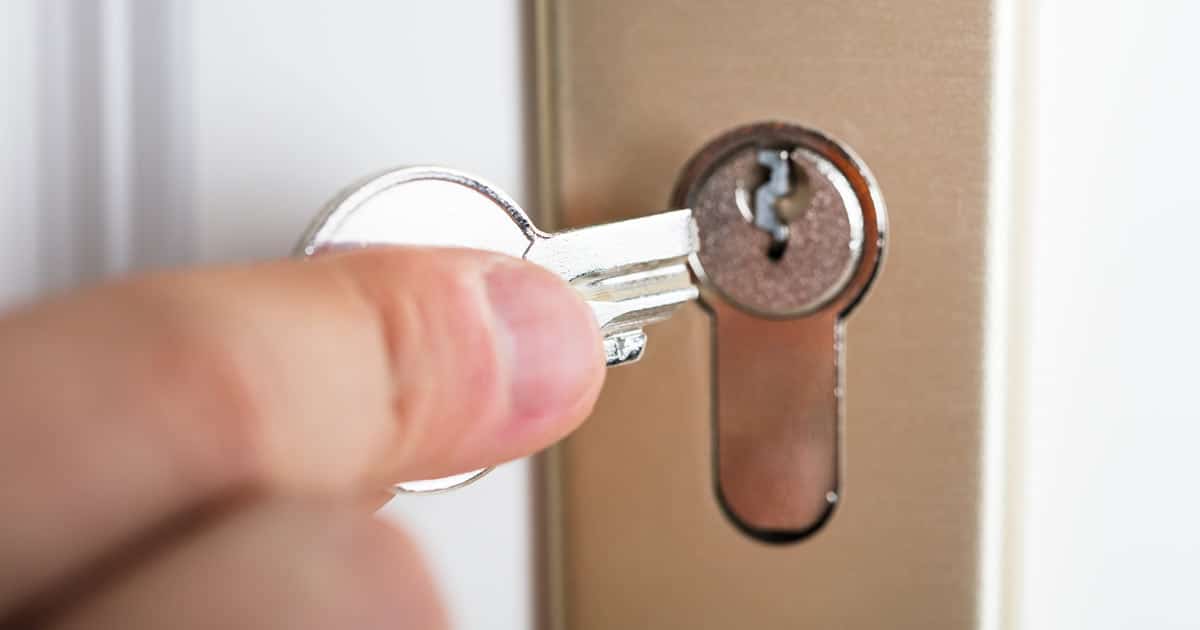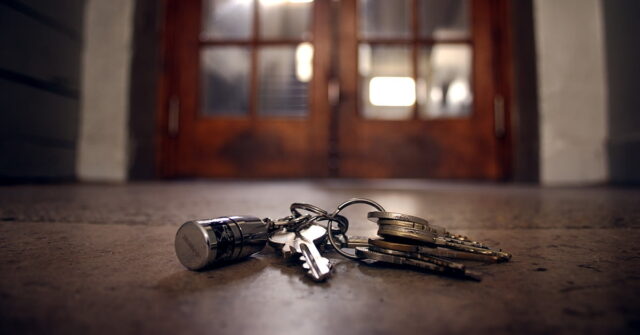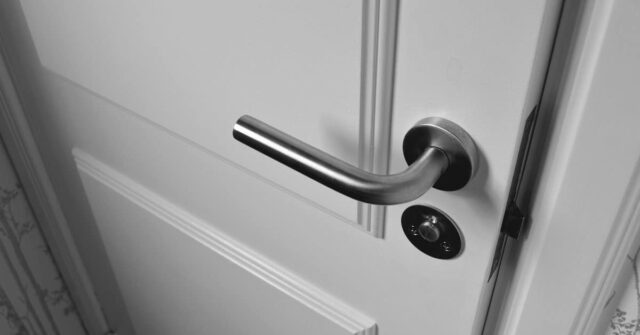At some point in our lives, many of us face the exasperating situation of a broken key. It’s a common yet unexpected problem that can leave you stranded outside your property.
For Australian property owners, where climatic factors can often play a role, understanding the nuances of broken key extraction is essential. This comprehensive guide will walk you through every aspect of it.
Introduction
Every property owner’s worst nightmare is standing in front of their door with half a key in their hand, and the other half stuck inside the lock.
Let’s delve into understanding this predicament and learn how to tackle it efficiently.
The Nightmare of a Broken Key
Snapped keys can be more than just an inconvenience; they can disrupt your day, cost money, and leave you feeling unsafe.
The feeling of being locked out of your own property, or even worse, locked inside, can be quite daunting.
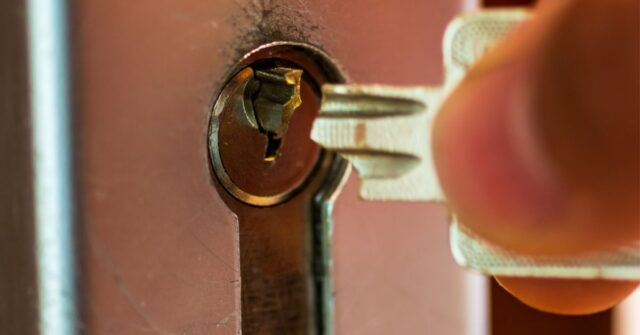
Why Understanding Key Extraction Matters for Australian Property Owners
Australia’s diverse climate, from its tropical north to its temperate south, can impact the wear and tear on locks and keys.
Humidity, salt from coastal air, or even dry heat can affect the longevity and function of your lock system. This makes it even more crucial for Australian property owners to be prepared.
Common Reasons for Key Breakage
Before delving into the extraction process, understanding why keys break can help in preventing such incidents in the first place.
Normal Wear and Tear
Like everything else, keys aren’t immortal. Constant use over the years can cause them to weaken and eventually snap.
Using the Wrong Key
Occasionally, in haste, one might use the wrong key. Forcing a wrong key can strain both the key and the lock, leading to potential breakage.
Forceful Insertion
Applying too much force when unlocking can also result in a broken key. It’s essential always to handle keys with care and finesse.
Weather Impacts: The Australian Climate Challenge
The Australian climate, especially in coastal areas, can lead to metal corrosion, making keys more susceptible to breakage. Regular maintenance can help combat this challenge.

Initial Steps to Take When Your Key Breaks
Now, let’s dive into the immediate actions you should take when faced with a snapped key.
Stay Calm and Don’t Panic
First and foremost, remain calm. Panicking can lead to rash decisions, which might worsen the situation. Take a deep breath and assess the situation objectively.
Assess the Situation
Check to see if any part of the broken key is protruding from the lock. This can influence which extraction method you’ll use.
Avoid Using Force
Don’t attempt to operate the lock or force the broken piece out without the right tools. This could push the key further in or damage the lock.
Tools for Broken Key Extraction
Having the right tools can make the extraction process smoother. Here are some tools and their specific uses in broken key extraction.
Broken Key Extractor Tools
These are specialised tools designed to grip and remove snapped keys from locks.
Hooked Key Extractors
These have a small hook at the end, perfect for gripping the broken key piece and pulling it out.
Diamond-Tipped Key Extractors
They have a diamond-shaped tip that can grip the broken key, making extraction easier.
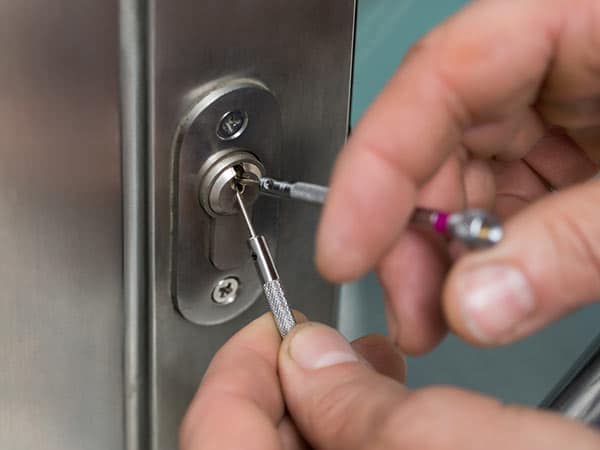
Needle-Nose Pliers
If a decent portion of the key is visible and protruding from the lock, needle-nose pliers may be used to grip and pull the broken piece out.
Tweezers
These can be helpful if the broken key piece is slightly visible, but ensure they’re thin enough to fit into the lock without pushing the key further in.
Strong Magnet
A very strong magnet can sometimes help in pulling out the broken piece, but will only work if the key is also made of a magnetic material.
Lubrication Spray
Applying a lubrication spray can make the extraction process smoother, reducing friction between the lock and the key.
Safety Precautions When Using Extraction Tools
Always ensure you’re working in a well-lit environment. Avoid using excessive force, and if you feel unsure, it’s best to call a professional. Otherwise, it is far too easy to push the key further in by mistake.
Step-By-Step Guide to Removing a Snapped Key
If you’re equipped and confident, follow these steps to attempt broken key extraction.
1. Ensure Good Visibility
Always work in a well-lit area. If the lock is in a dimly lit location, use a torch or a headlamp.
2. Apply Lubrication
Using a lubrication spray, lubricate the lock. This can reduce friction, making the extraction process smoother.
3. Use the Right Extractor Tool
Depending on the visibility of the broken key, use a hooked or diamond-tipped key extractor. Insert it gently into the lock, aiming to grip the broken piece.
4. Gentle Maneuvering
Once the tool has gripped the broken piece, gently wiggle and pull it out. Ensure you’re not using excessive force.
5. The Role of Tweezers and Pliers
If the broken piece is slightly visible, you can use tweezers or needle-nose pliers to grip and extract it.
6. When to Call a Professional
If you’ve attempted extraction and it’s not working, or you feel uncertain, it’s best to call a locksmith. In most cases, professional help is the most efficient solution, saving time and money in the long run.
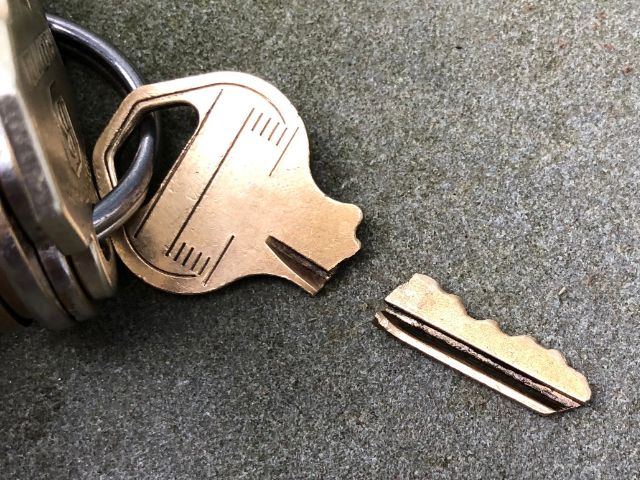
Choosing a Reliable Locksmith in Australia
Not all locksmiths are created equal. Here’s how to select a trustworthy one in Australia.
Qualifications to Look Out For
Ensure the locksmith is licensed and has undergone proper training. In Australia, locksmiths require specific qualifications and licenses to operate.
Importance of Local Experience
A local locksmith will have a better understanding of the common lock and key systems in the area and may be more efficient in assisting you.
Reading Reviews and Recommendations
Before hiring, read reviews online or ask for recommendations from friends or family. This can give you an insight into the locksmith’s reliability and efficiency.
Preventive Measures: How to Avoid Snapped Keys
Prevention is better than cure. Here are some measures to ensure you reduce the risk of snapping your keys in the future.
Regular Maintenance of Locks
Ensure that your locks are regularly cleaned and lubricated. This reduces the friction and strain on your key, prolonging its life.
The Right Way to Use Keys
Always ensure you’re using the correct key, insert it gently, and turn without exerting excessive force. Simple practices can go a long way.
Upgrading to Quality Lock and Key Systems
Investing in high-quality lock and key systems can reduce the likelihood of breakages. It might seem costly initially, but it can save you from future hassles and expenses.
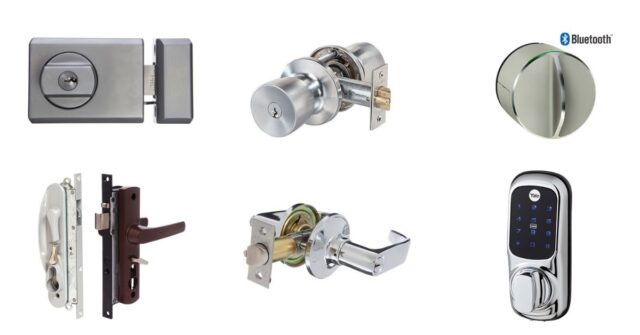
Conclusion
While a broken key can be a setback, knowing how to handle the situation can make a world of difference.
Australian property owners should be prepared, have essential tools at hand, and know when to call in the experts. After all, being proactive is often the key to resolving such issues with minimal fuss.
Being Prepared is Half the Battle
Always remember, understanding the issue and being prepared with knowledge and tools can help mitigate the challenges of a snapped key.
Stay calm, take the right steps, and you’ll regain access in no time.

